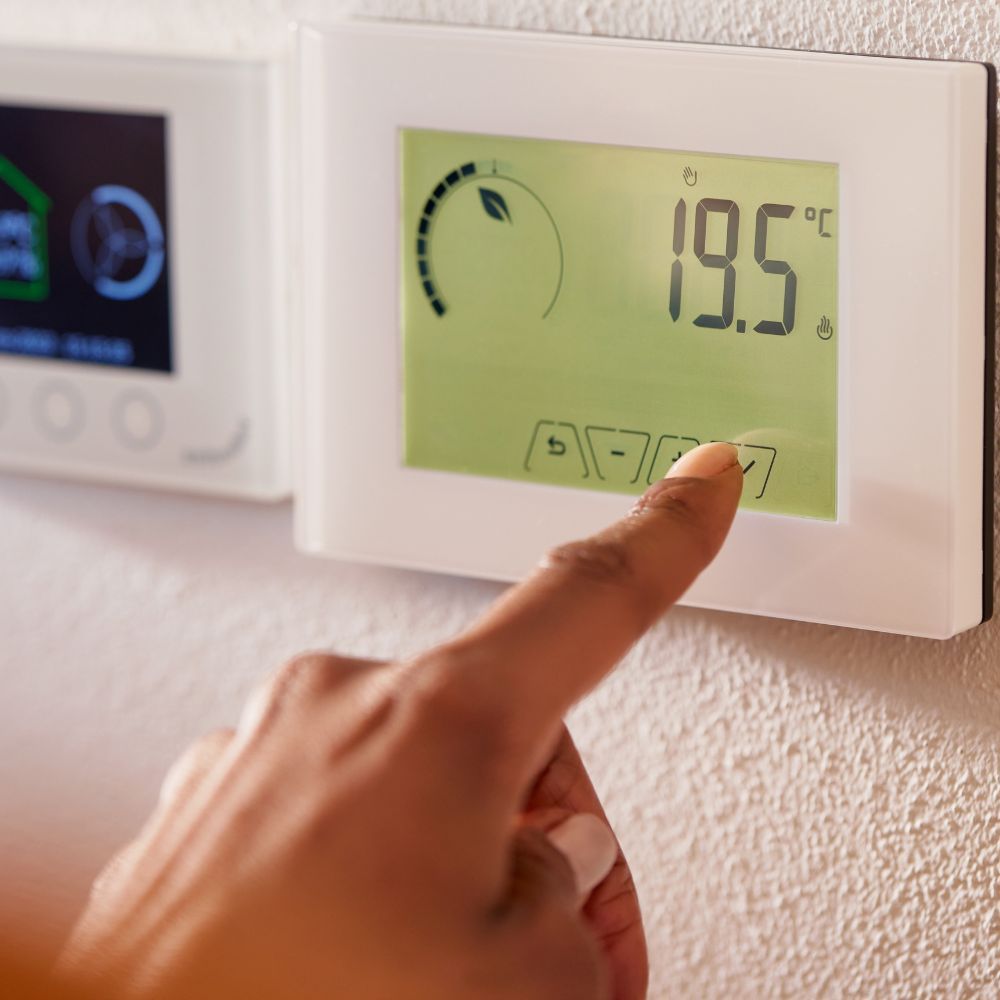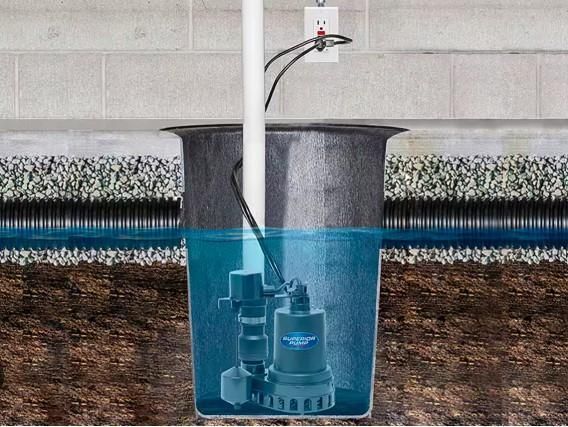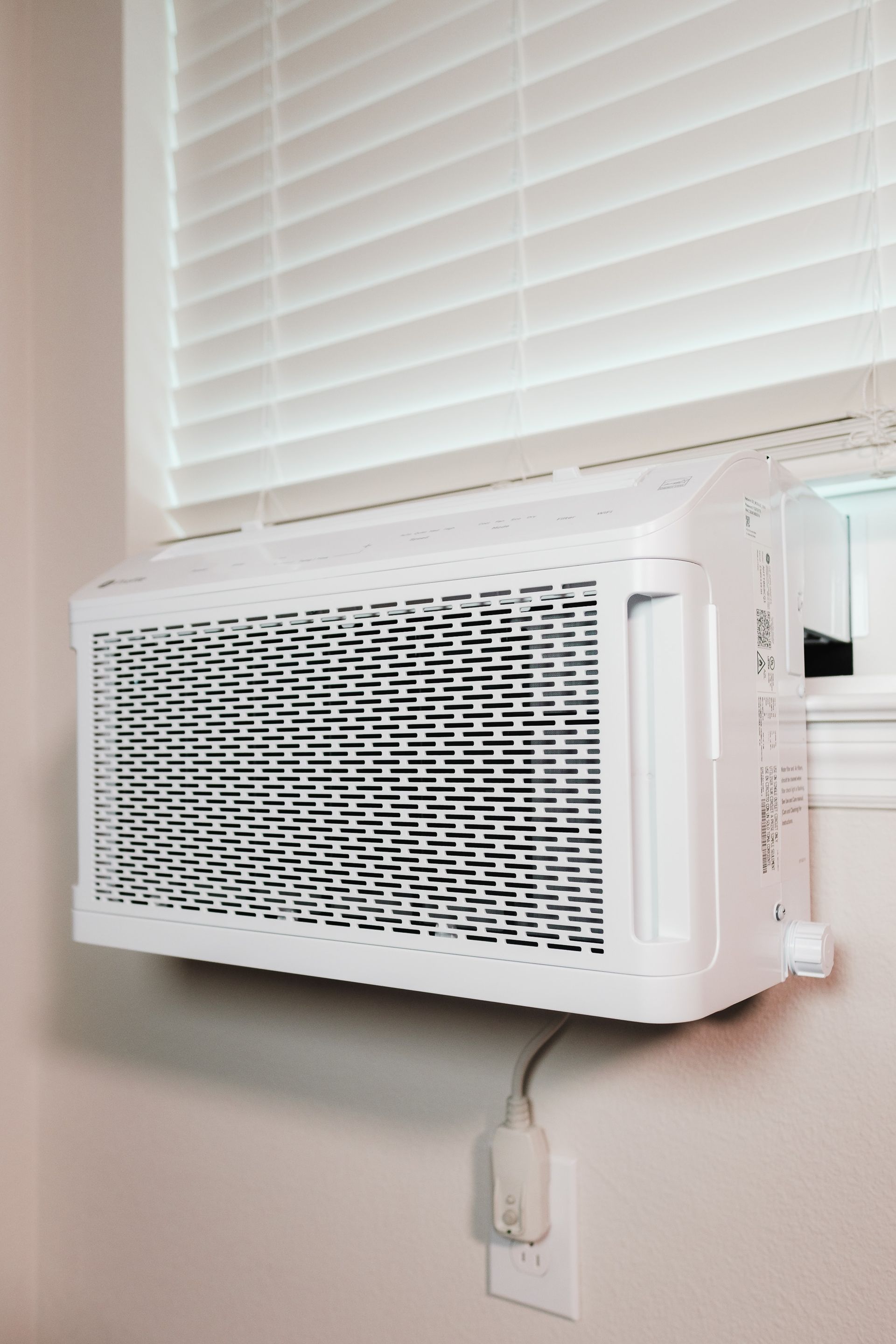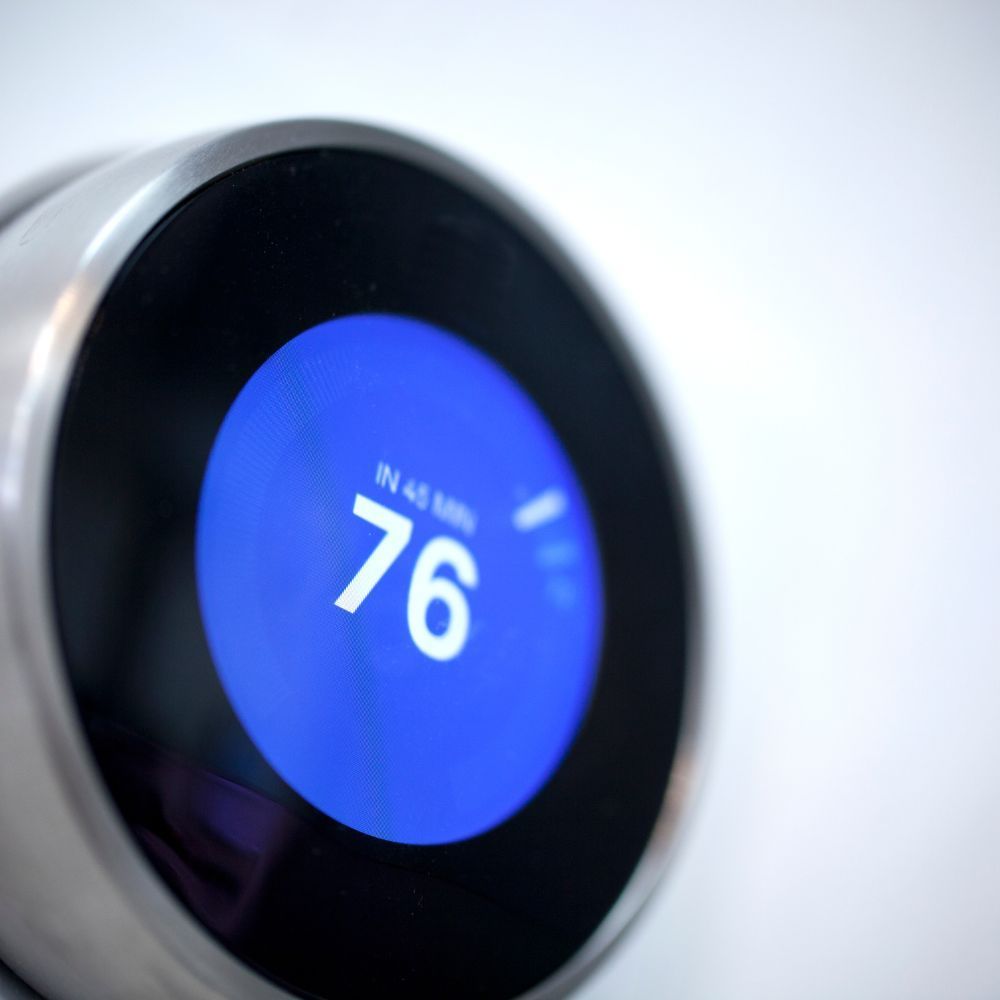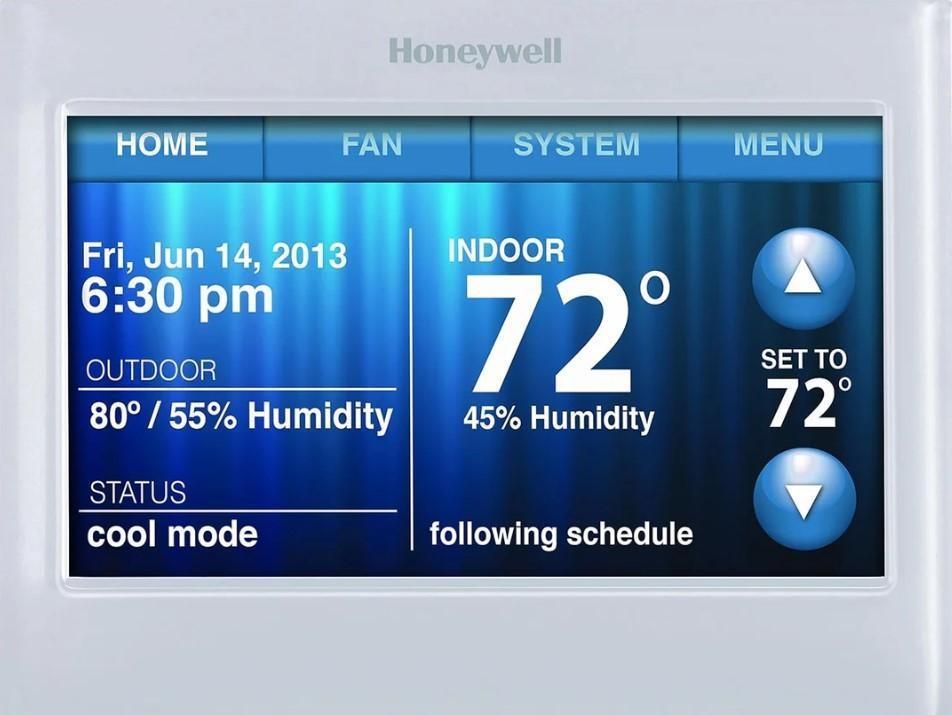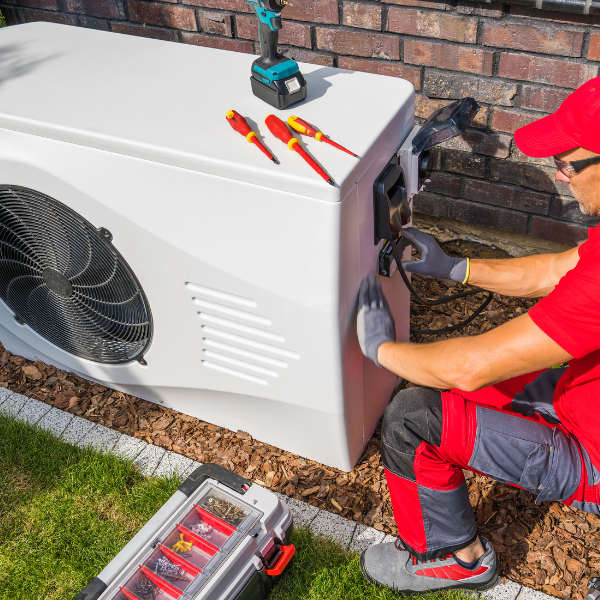Garburators (Garbage Disposals): How They Work and Tips to Prevent Plumbing Clogs
Deadline: "Keep Your Kitchen Running Smoothly in 2025 – Avoid Garburator Mishaps!"
Garburators, also known as garbage disposals, are a popular kitchen appliance that can make food waste disposal quick and hassle-free. But how do they work, and do they clog your plumbing? The answer is simple: when used correctly, garburators should not clog your plumbing. Here’s what you need to know to keep them running smoothly.
How Garburators Work
Garburators grind up food waste into tiny particles that can safely ow through your plumbing system. Here’s the breakdown of the process:
Impellers in Action:
Two swivelling and two fixed metal impellers are mounted on a spinning plate inside the garburator. These impellers ing food waste against the shredder ring with high-speed rotation.
Grinding the Waste:
The shredder ring grooves break down food chunks until they’re small enough to pass through tiny openings in the ring.
Down the Drain:
Once food particles are sufciently ground, they ow down the drainpipe and into your home’s sewer line, which carries the waste to the city’s sewage system.
Avoiding Clogs: Do’s and Don’ts
Proper usage is key to preventing plumbing issues with your garburator:
- DO: Run ample cold water while the garburator is operating to help ush food waste down the pipes.
- DO: Avoid overloading the garburator with large amounts of food waste at once. Feed small portions gradually.
- DON’T: Dispose of brous or starchy foods (like celery, potato peels, or pasta) that can wrap around the impellers or form sticky clogs.
- DON’T: Treat your garburator like a trash can—avoid non-food items at all costs!
What Happens When It’s Overloaded?
If a garburator is overloaded or improperly used, it can cause plumbing clogs, much like a toilet backing up. The result? Water backing up and a potential emergency call to your plumber. No one wants the stress of an overflowing sink—or worse, the smell of decomposing food sitting in the pipes.
Benefits of Garburators
When used properly, garburators are a great addition to any kitchen:
- They help reduce foul odours by eliminating decomposing food waste from your garbage can.
- They’re quieter than ever thanks to modern advancements in technology.
- They’re environmentally friendly, as they divert food waste away from landfills.
A Fun Fact for the Horror Fans
Contrary to horror movie tropes, garburators aren’t capable of grinding up hands or, say, a vampire’s appendage. Stick to garlic and wooden stakes for those situations! By following the proper usage guidelines, you can enjoy all the benefits of a garburator without worrying about plumbing problems. Keep your kitchen running smoothly and odour-free all year round!
Act now! If your garburator is giving you trouble, book a plumbing inspection or repair before February 15th to avoid further issues.
